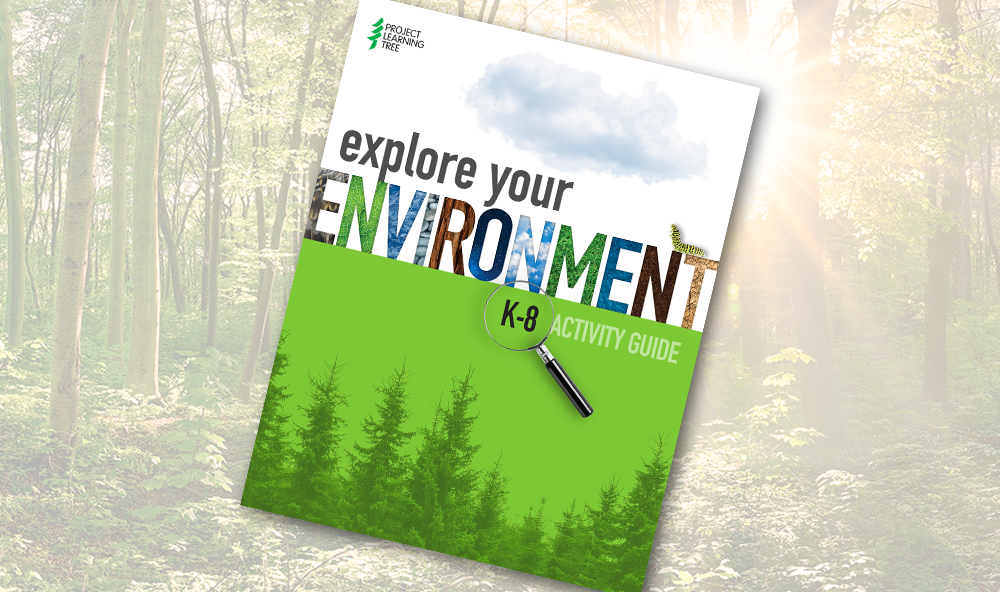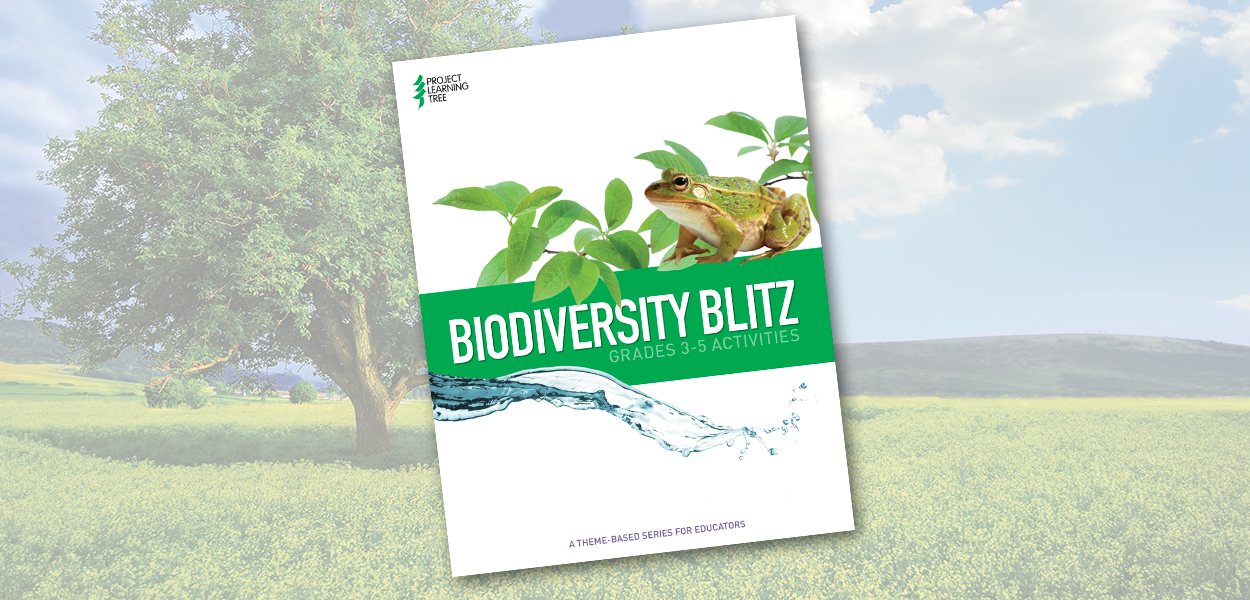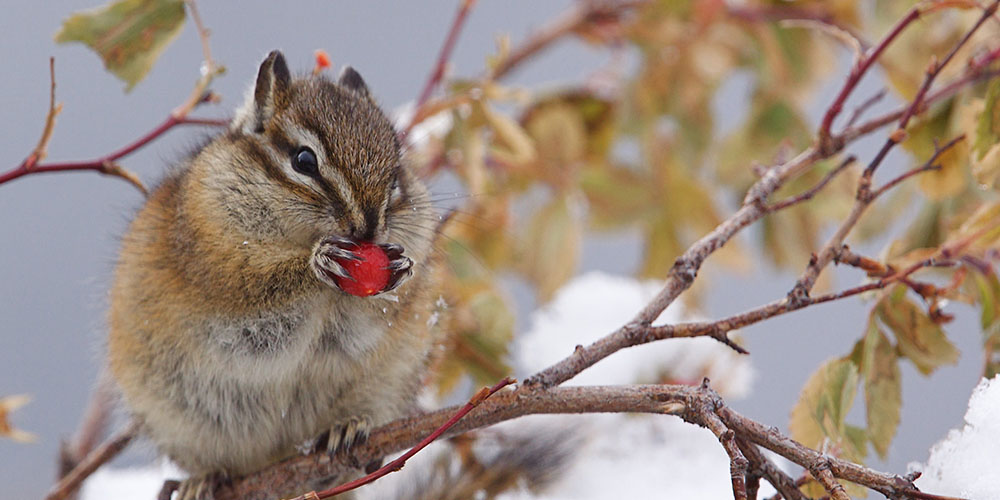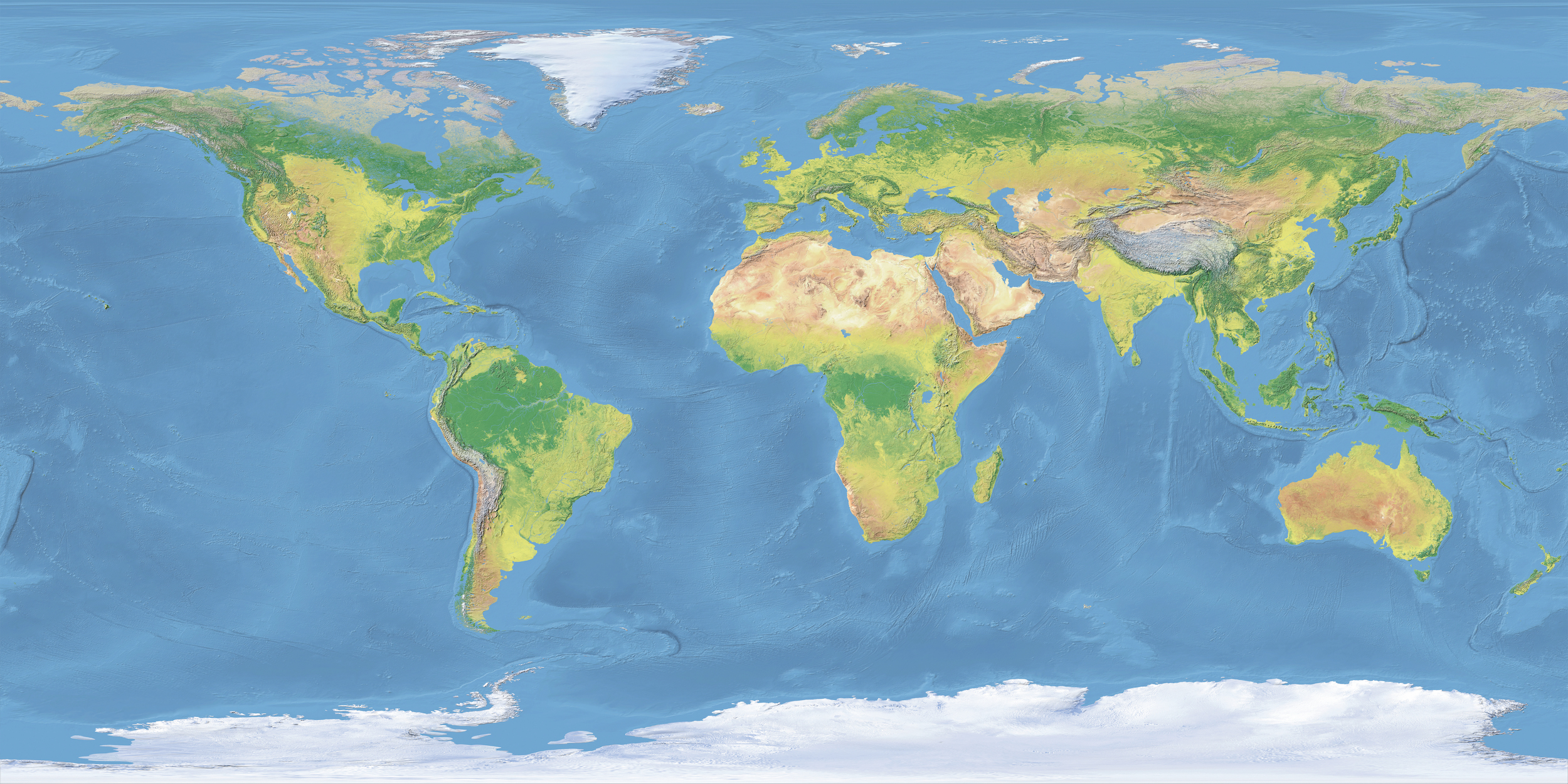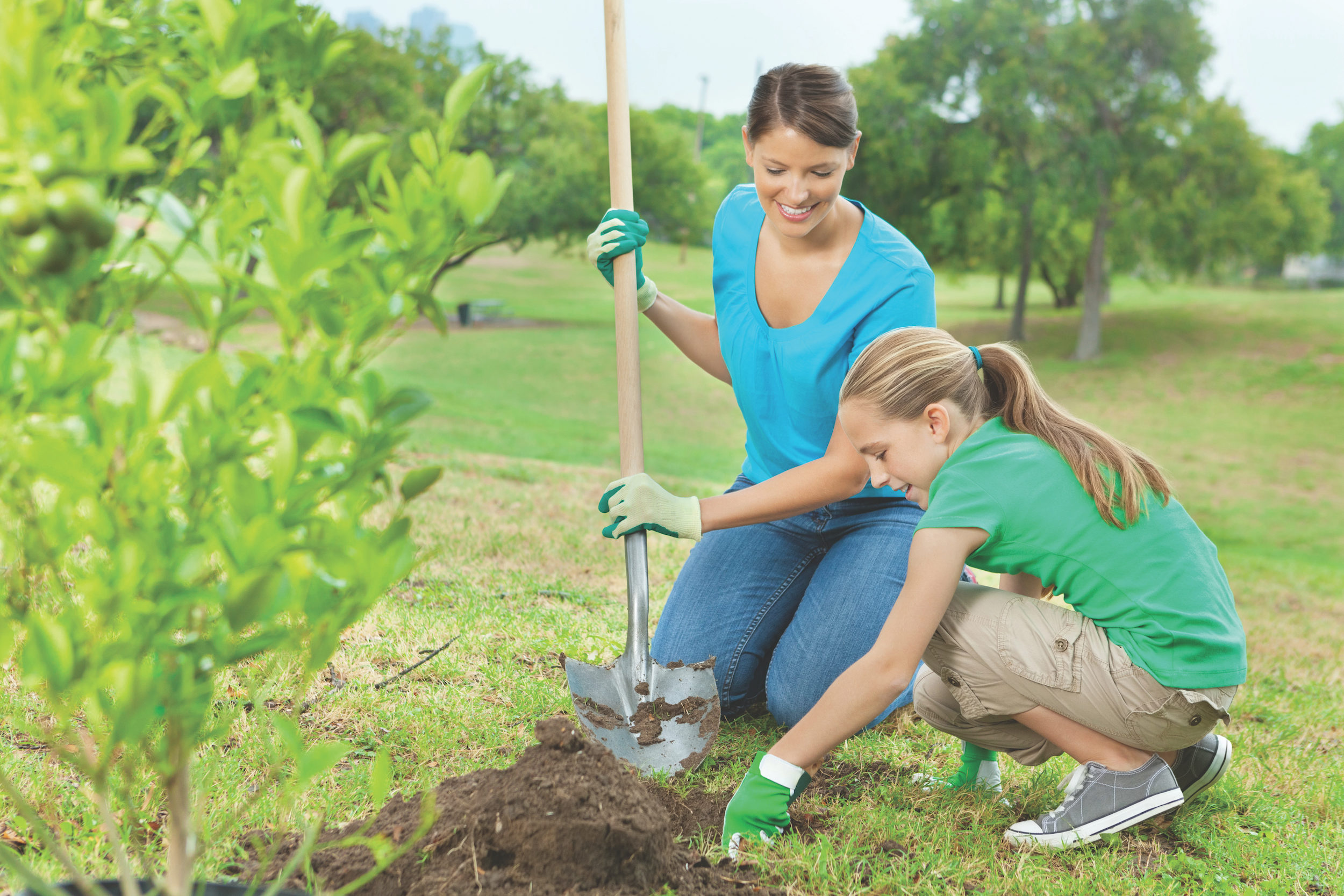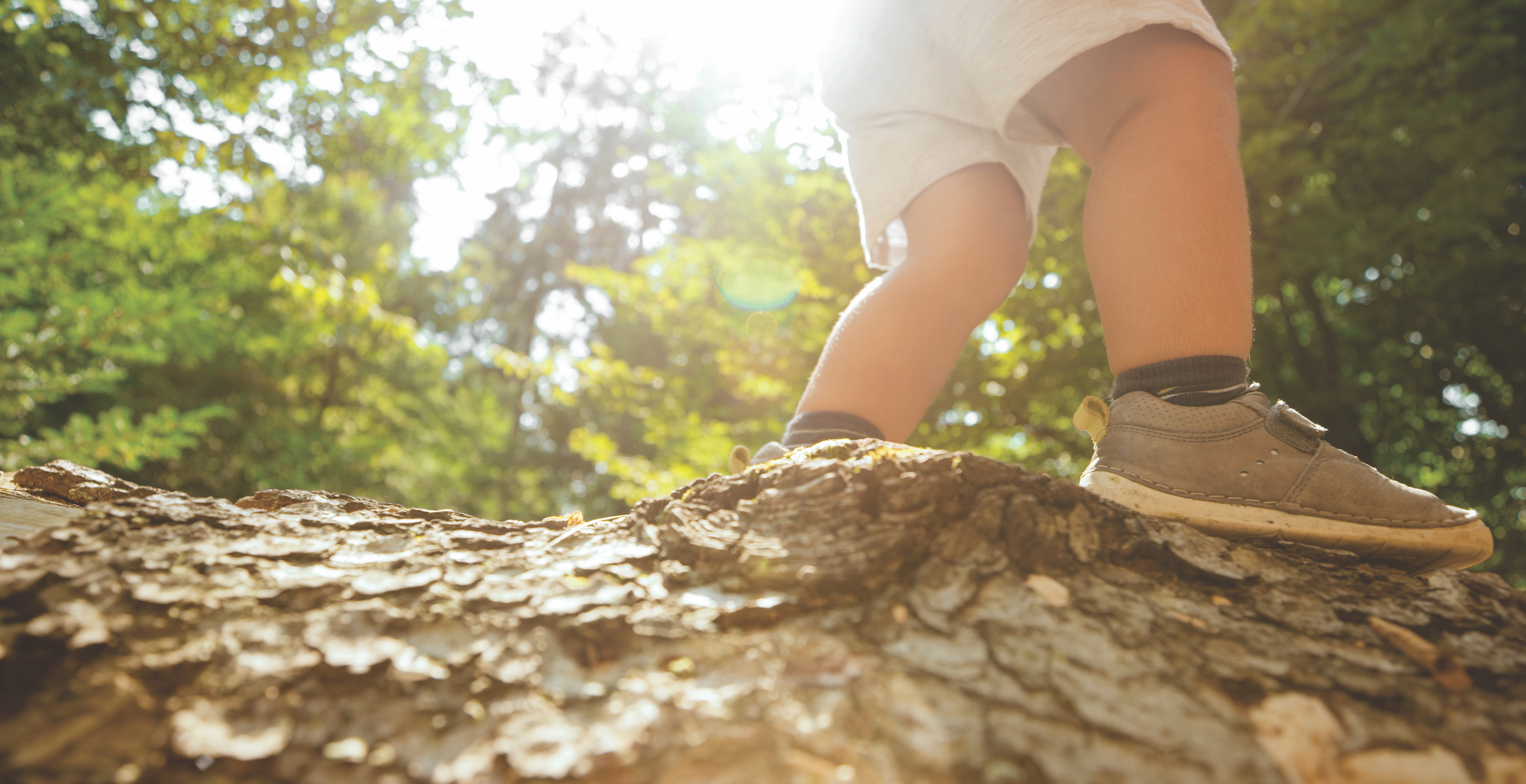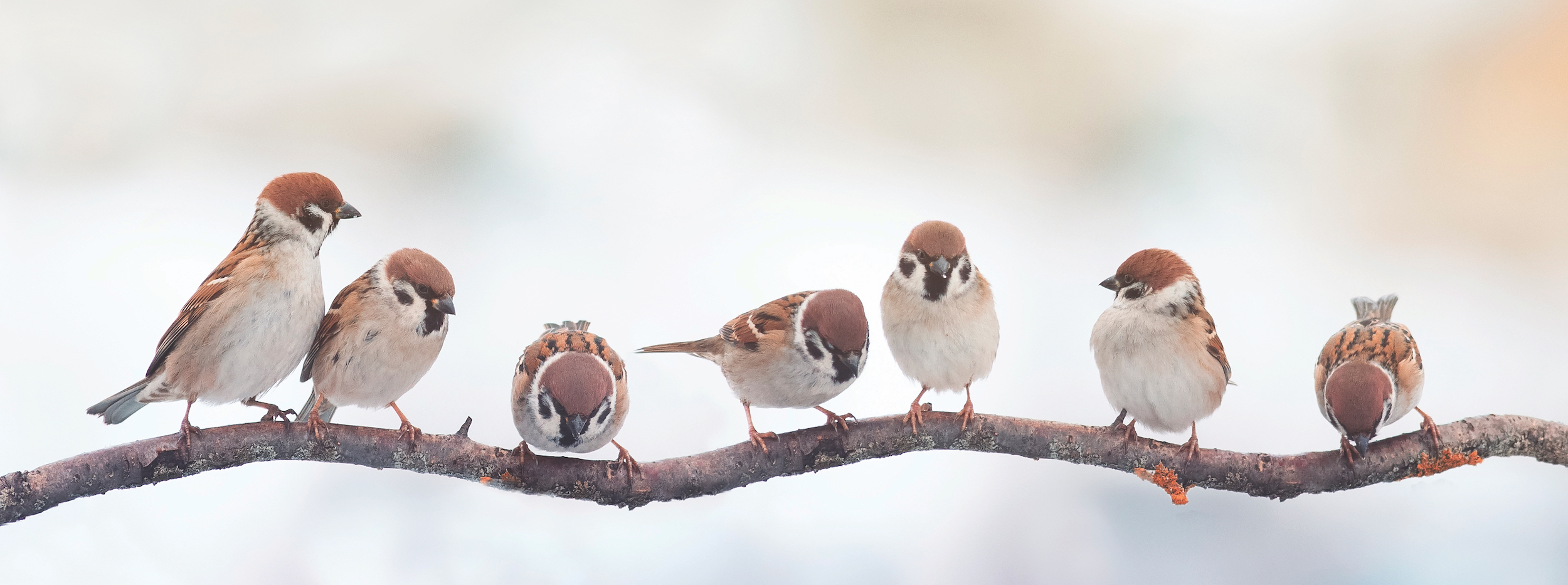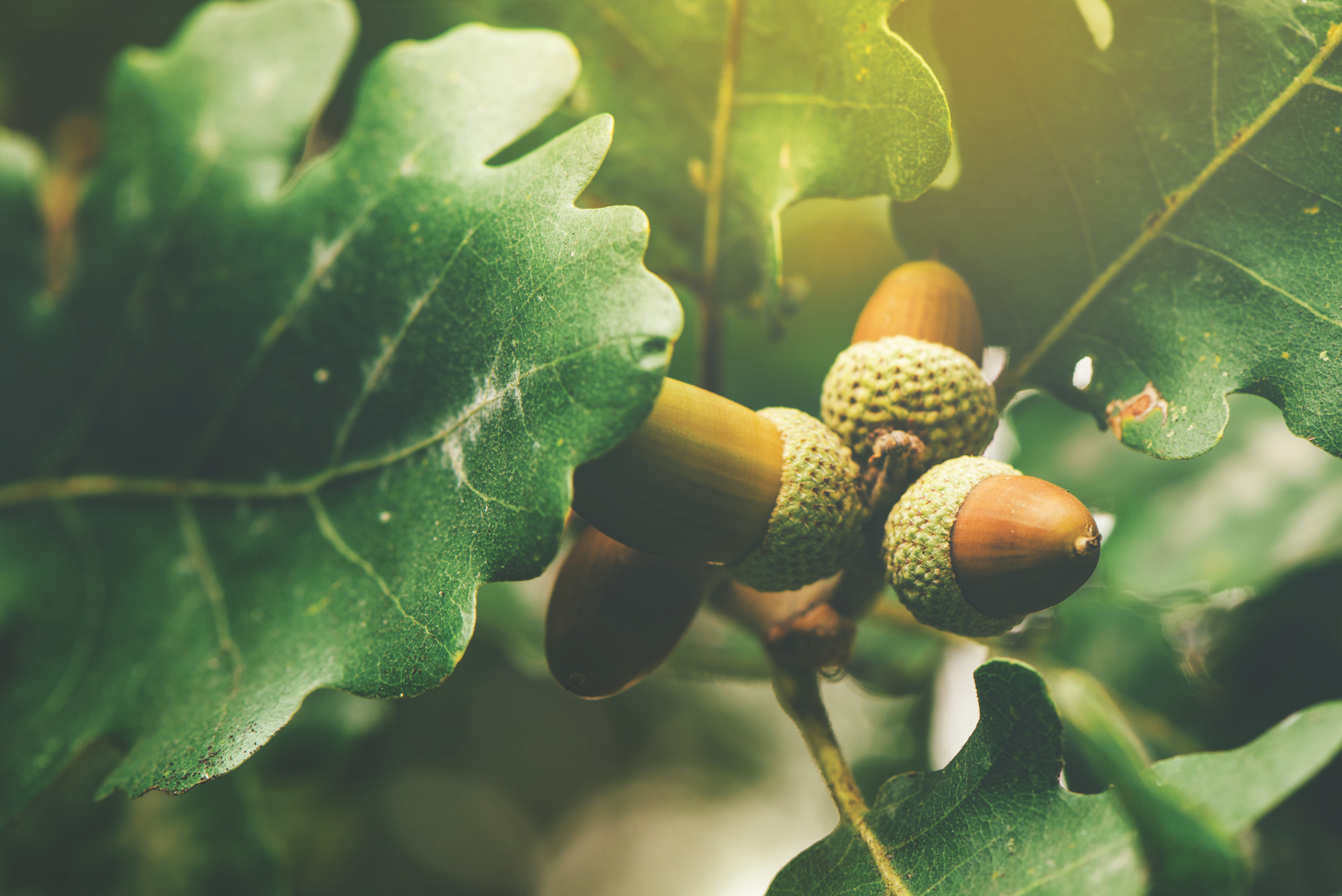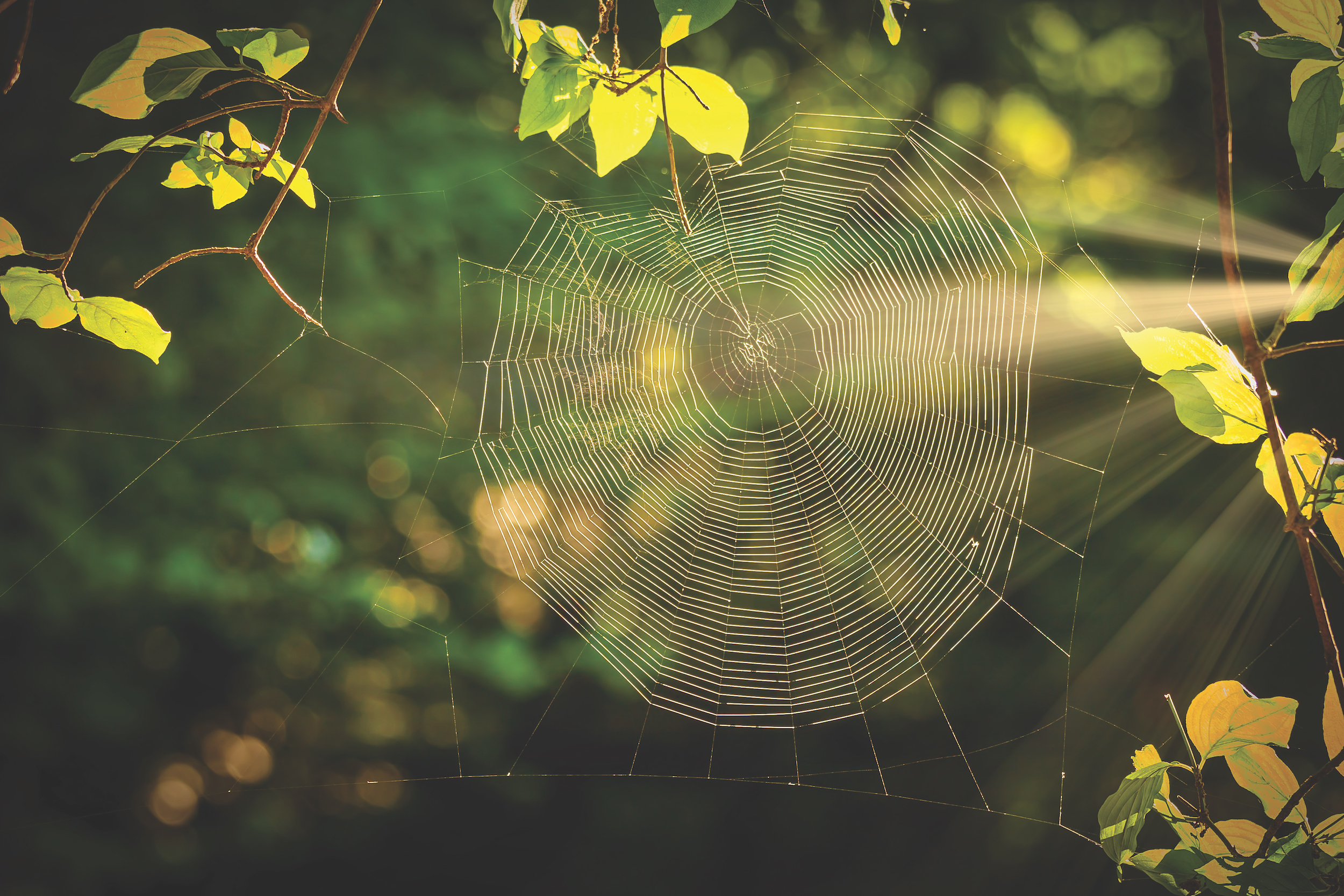November 28, 2022 | By Rae
Biodiversity Blitz, part of PLT’s themed series for educators, features three grades 3-5 activities that invite learners to investigate species variability in an ecosystem, and how this variability – or biodiversity – helps sustain life on Earth.
November 28, 2022 | By Rae
For grades 3-5. Students focus on forests (one of the largest and most complex types of ecosystems) and come to understand some of the interactions present in all ecosystems.
December 28, 2020 | By Project Learning Tree
Students gain an appreciation for how many natural resources they depend on in their day-to-day lives. By tracing the resources that go into making one item, students learn how its manufacturing can have an impact on the environment.
December 28, 2020 | By Project Learning Tree
Students explore differences in soil types and what those differences mean to people and to plants. They also investigate the role soil organisms play, both in building soil and in decomposition.
December 28, 2020 | By Project Learning Tree
It’s amazing how many things live in and on rotting logs. In this activity, your students will become familiar with some of those organisms by observing fallen logs or other decomposing pieces of wood.
December 28, 2020 | By Project Learning Tree
From their leafy branches to their tangled roots, trees provide habitat for a host of plants and animals. Students will inventory the plants and animals that live in, on, and around trees and discover how plants and animals depend on them.
December 28, 2020 | By Project Learning Tree
Students discover that trees have life stages that are similar to those of other living things. They discuss a tree’s role in the ecosystem at each stage of its life.
November 12, 2020 | By Project Learning Tree
By conducting research and modeling a food web, students take a close look at a forest ecosystem and discover ways that plants and animals are connected to one another.
November 12, 2020 | By Project Learning Tree
Students imagine that they are visitors from outer space, viewing life on Earth for the first time. By describing in minute detail all the life they find in a small plot of land, they will become more aware of the diversity and abundance of life.
